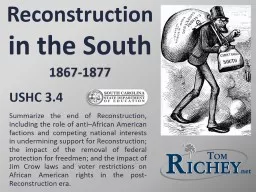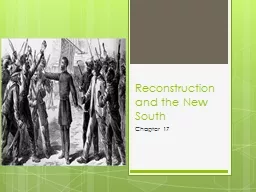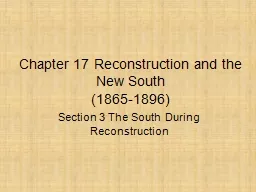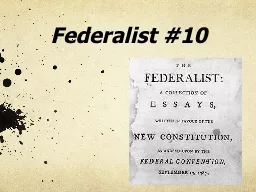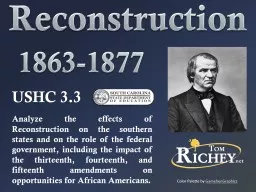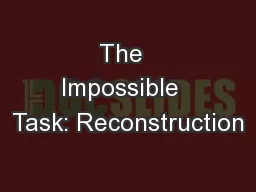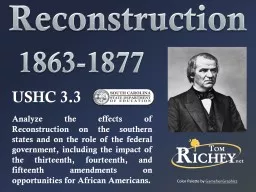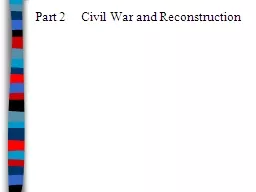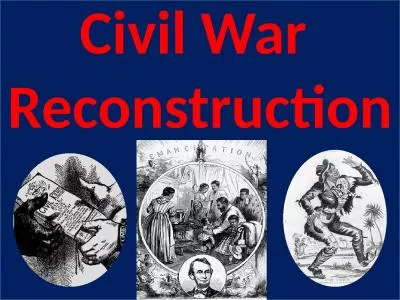PPT-USHC 3.4 Summarize the end of Reconstruction, including the role of anti–African American
Author : tatyana-admore | Published Date : 2018-10-24
Reconstruction in the South 18671877 Carpetbag Carpetbaggers Nickname applied by Southern whites to people who migrated South after the Civil War The Carpetbagger
Presentation Embed Code
Download Presentation
Download Presentation The PPT/PDF document "USHC 3.4 Summarize the end of Reconstruc..." is the property of its rightful owner. Permission is granted to download and print the materials on this website for personal, non-commercial use only, and to display it on your personal computer provided you do not modify the materials and that you retain all copyright notices contained in the materials. By downloading content from our website, you accept the terms of this agreement.
USHC 3.4 Summarize the end of Reconstruction, including the role of anti–African American: Transcript
Download Rules Of Document
"USHC 3.4 Summarize the end of Reconstruction, including the role of anti–African American"The content belongs to its owner. You may download and print it for personal use, without modification, and keep all copyright notices. By downloading, you agree to these terms.
Related Documents

